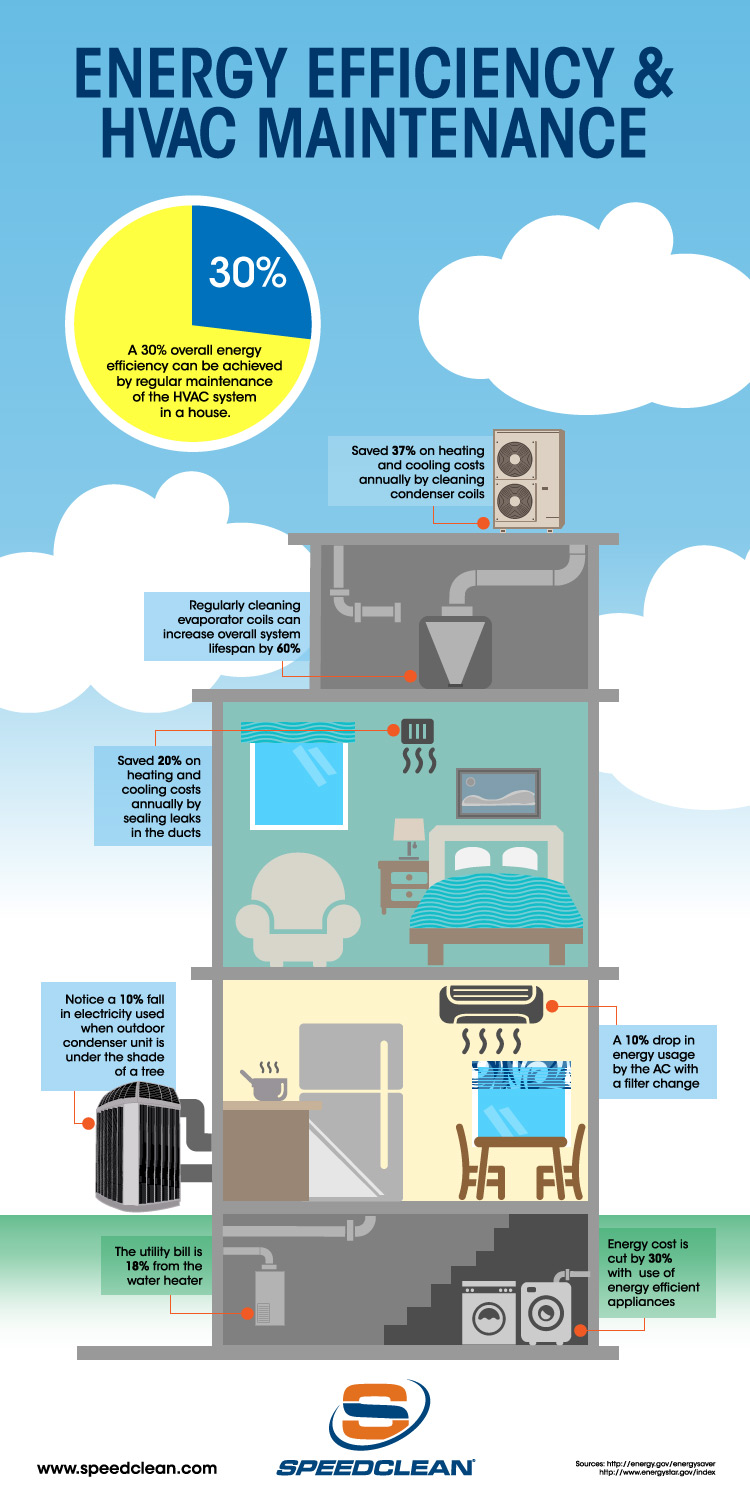The Future Of Home Home Heating - How Heat Pump Technology Is Developing
The Future Of Home Home Heating - How Heat Pump Technology Is Developing
Blog Article
Content By-Marshall McCormick
Heat pumps will certainly be an important modern technology for decarbonising home heating. In a circumstance consistent with federal governments' revealed power and climate dedications, their global capacity increases by 2030, while their share in heating rises to one-quarter.
They work best in well-insulated homes and count on power, which can be provided from a sustainable power grid. Technological breakthroughs are making them much more reliable, smarter and less costly.
Fuel Cells
Heat pumps use a compressor, cooling agent, coils and fans to relocate the air and heat in homes and home appliances. They can be powered by solar power or electrical power from the grid. They have actually been acquiring appeal because of their low cost, peaceful operation and the capability to generate electricity throughout peak power need.
Some business, like IdaTech and BG MicroGen, are working with gas cells for home heating. These microgenerators can replace a gas central heating boiler and produce several of a home's electrical demands with a link to the electrical power grid for the remainder.
Yet there are reasons to be skeptical of using hydrogen for home heating, Rosenow claims. It would certainly be expensive and ineffective contrasted to various other modern technologies, and it would certainly include in carbon emissions.
Smart and Connected Technologies
Smart home innovation allows home owners to link and manage their devices remotely with using smart device applications. For instance, clever thermostats can discover your home heating choices and automatically get used to enhance power intake. Smart lights systems can be managed with voice commands and instantly turn off lights when you leave the area, decreasing power waste. And clever plugs can monitor and handle your electric use, enabling you to determine and limit energy-hungry home appliances.
The tech-savvy home portrayed in Carina's meeting is an excellent illustration of how residents reconfigure area home heating methods in the light of brand-new clever home technologies. They count on the tools' automatic features to accomplish everyday adjustments and regard them as a practical ways of performing their home heating techniques. Because of this, they see no factor to adapt their methods better in order to make it possible for flexibility in their home energy need, and treatments aiming at doing so may encounter resistance from these families.
Electrical energy
Given that heating up homes represent 13% of US discharges, a switch to cleaner choices might make a huge difference. But the innovation faces obstacles: It's pricey and requires substantial home remodellings. And it's not constantly compatible with renewable resource resources, such as solar and wind.
Up until just recently, electric heatpump were also costly to take on gas versions in a lot of markets. However new developments in style and products are making them much more inexpensive. And far better cool climate performance is allowing them to work well even in subzero temperature levels.
The next action in decarbonising heating might be the use of heat networks, which attract heat from a central source, such as a close-by river or sea inlet, and distribute it to a network of homes or buildings. That would lower carbon exhausts and allow families to take advantage of renewable resource, such as eco-friendly electrical energy from a grid supplied by renewables. This option would be much less expensive than switching over to hydrogen, a fossil fuel that needs new facilities and would only minimize CO2 exhausts by 5 percent if paired with enhanced home insulation.
Renewable Energy
As power prices drop, we're beginning to see the exact same trend in home heating that has actually driven electric vehicles into the mainstream-- but at an also much faster pace. try this out for electrifying homes has actually been pressed better by new research study.
https://facilityexecutive.com/2020/09/importance-of-maintaining-drain-waste-and-vent-systems-in-buildings/ make up a substantial share of modern-day warmth usage, however have actually been given restricted policy attention around the world contrasted to various other end-use industries-- and also much less interest than electricity has. In part, this mirrors a mix of consumer inertia, split rewards and, in several countries, aids for nonrenewable fuel sources.
New innovations might make the shift simpler. For example, heatpump can be made much more energy effective by replacing old R-22 cooling agents with new ones that do not have the high GWPs of their precursors. Some experts additionally envision district systems that draw warmth from a close-by river or sea inlet, like a Norwegian arm. The warm water can then be used for heating and cooling in an area.